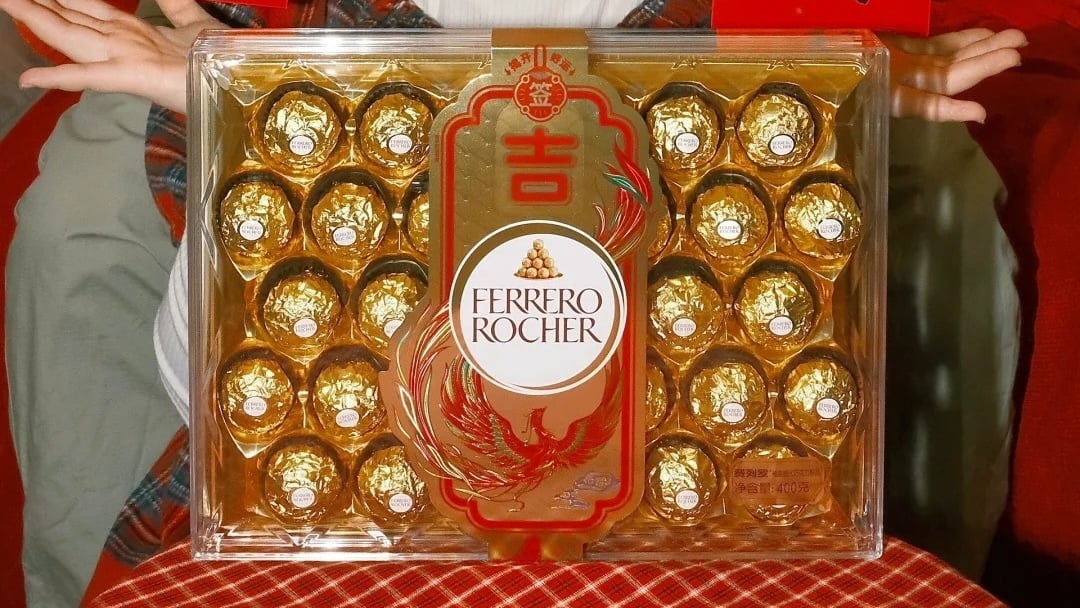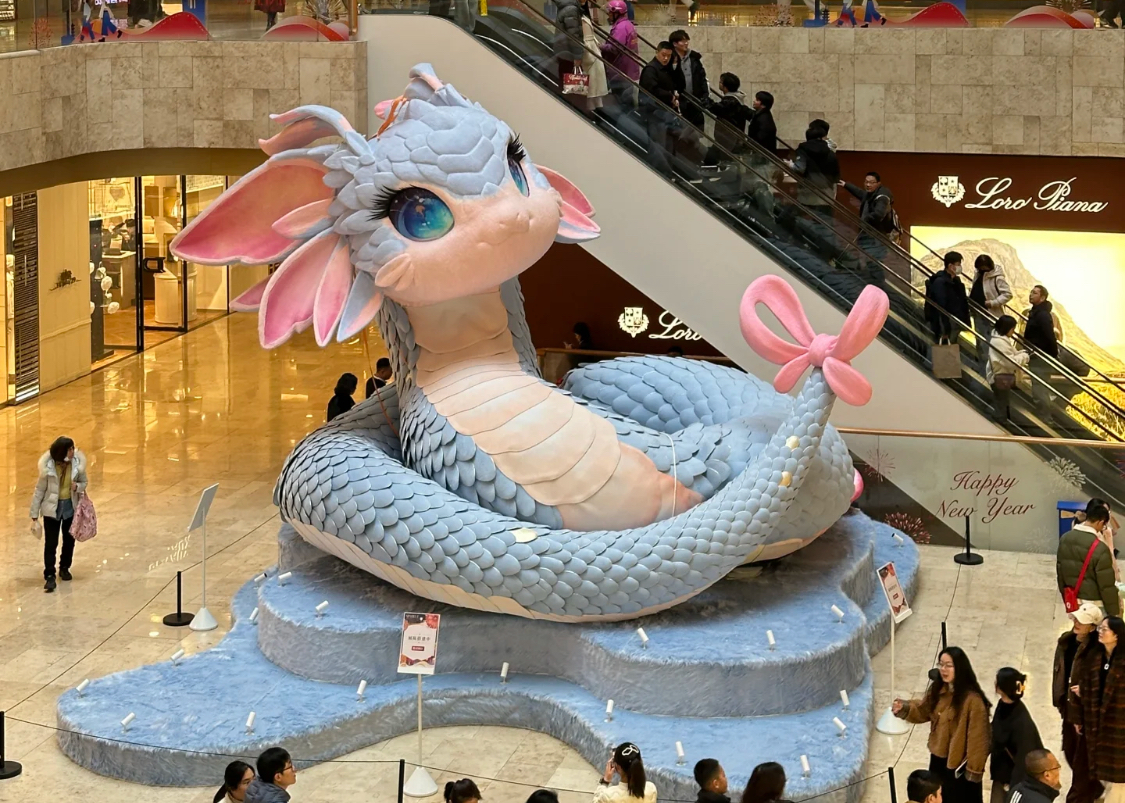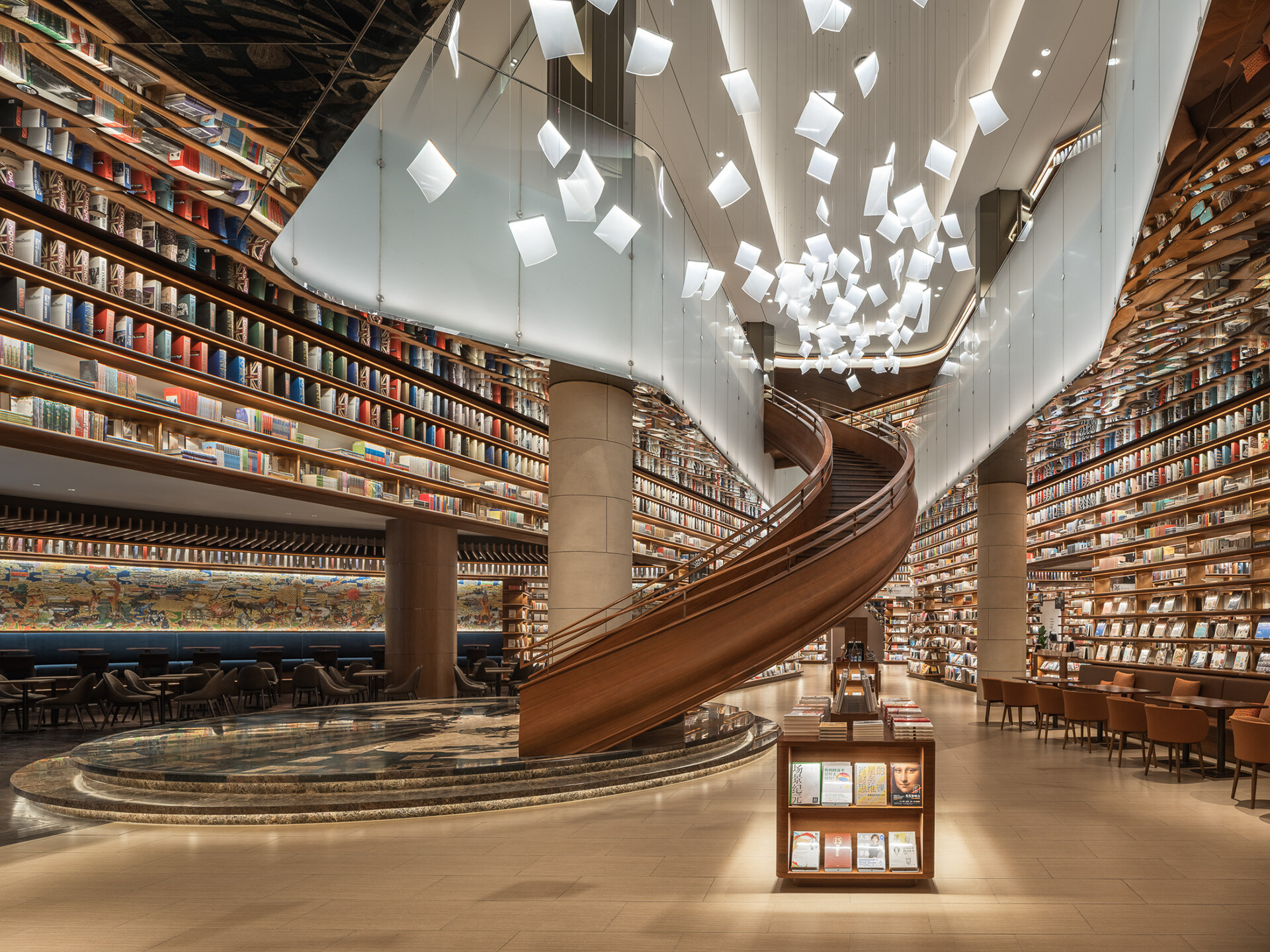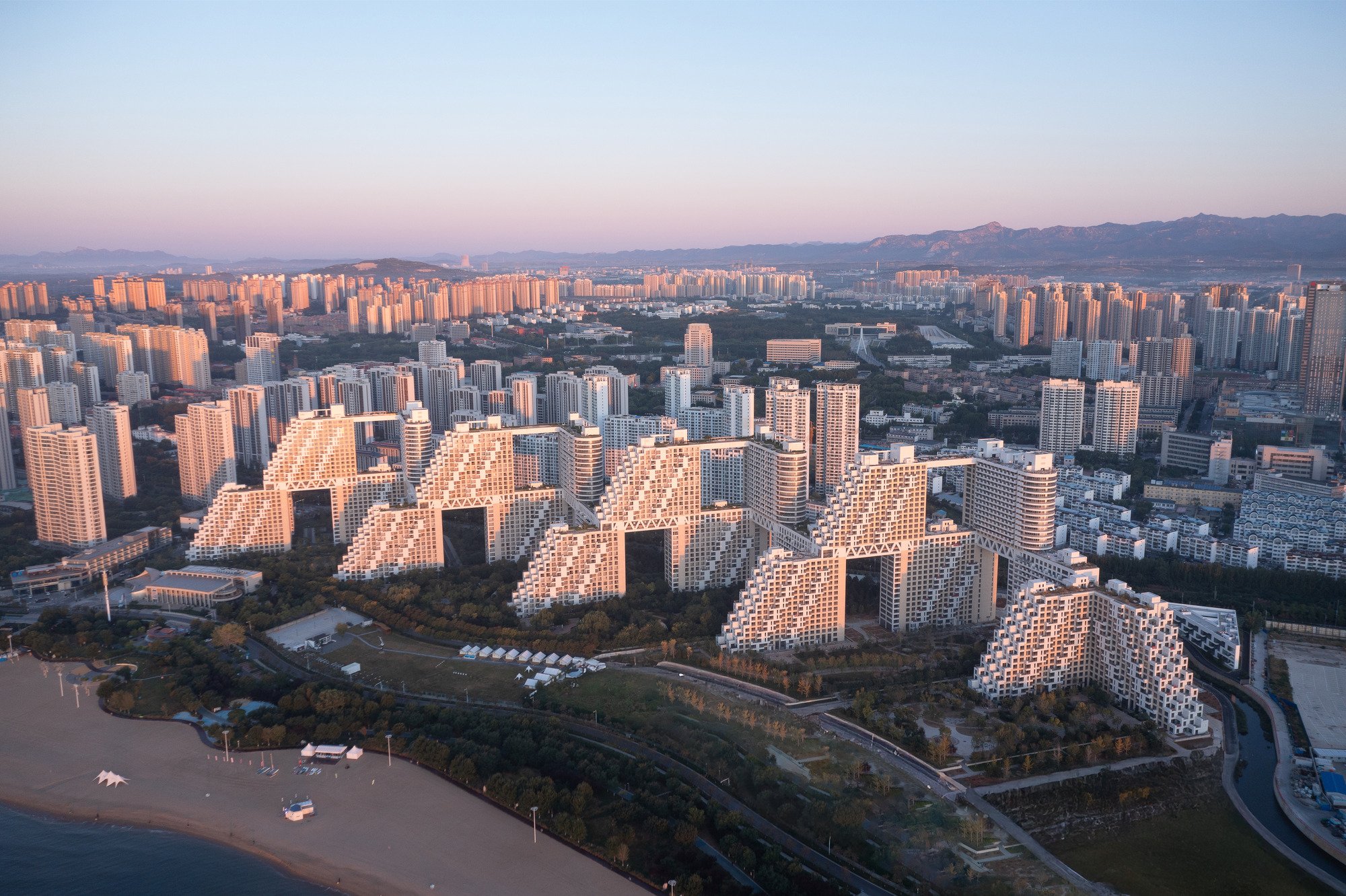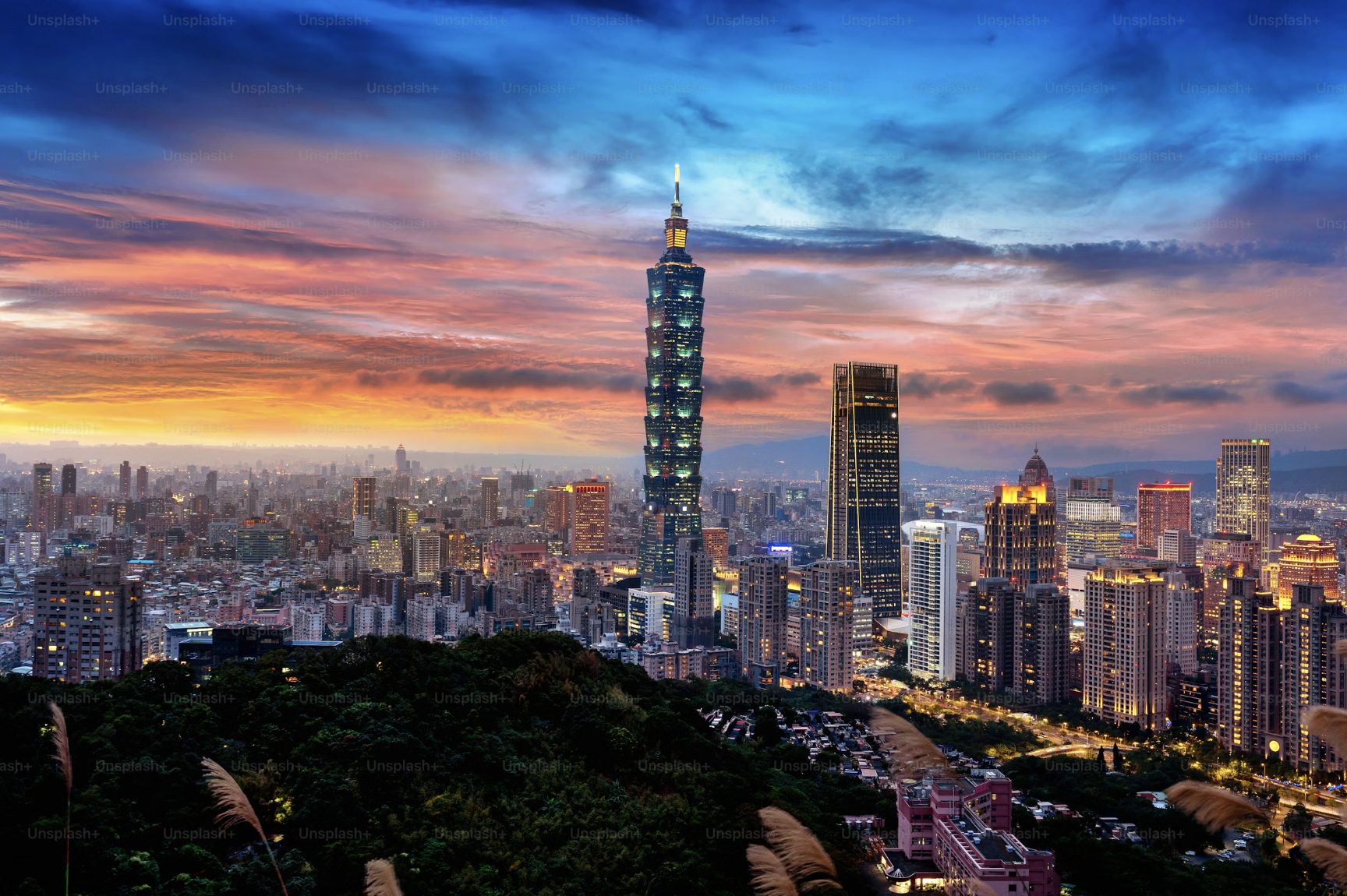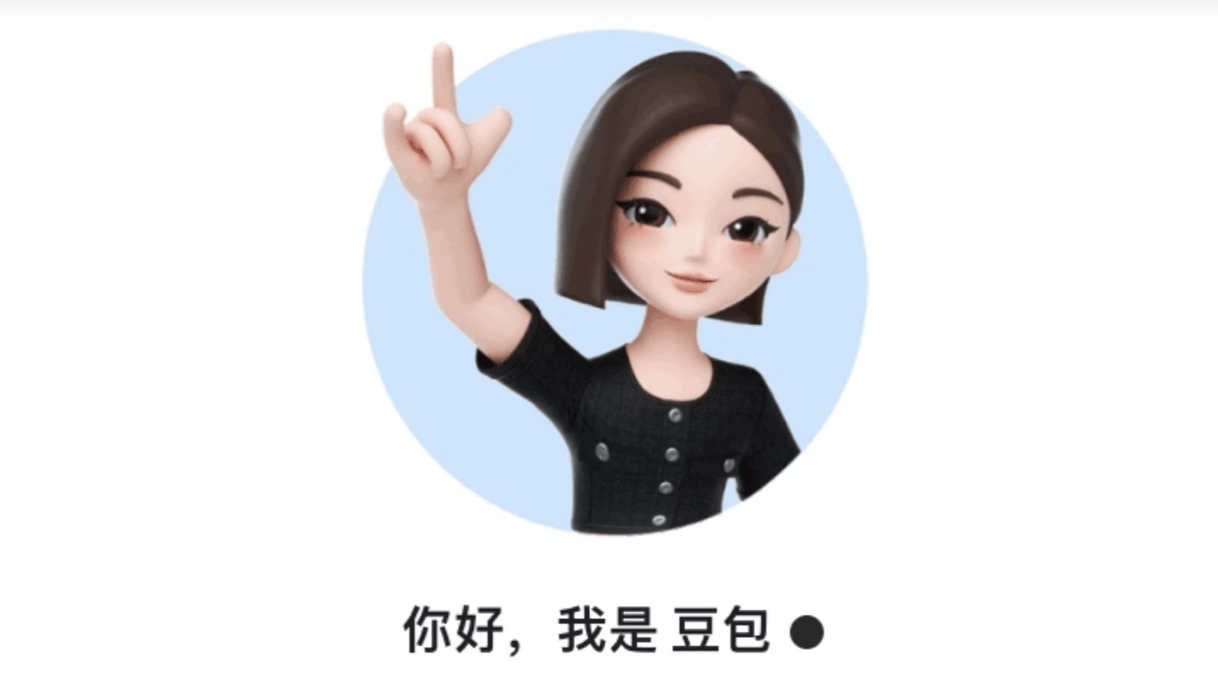In the week leading up to Chinese New Year in 2020, just before the COVID-19 pandemic exploded into our collective global psyche, fourth-generation Chinese Canadian Keith Chow touched down in the South China metropolis of Guangzhou with his wife and daughter en route home from a vacation in Vietnam.
Their two-week layover was planned so that they could celebrate Chinese New Year in Keith’s ancestral hometown, located roughly two hours south of Guangzhou: Kaiping. Keith’s father, Jerome Chow, who’d visited Kaiping decades prior, also flew out from Vancouver, British Columbia, for the occasion.
Keith, 35, admits he didn’t know much about Kaiping growing up.
“I wouldn’t say I knew the name [Kaiping], but there were always photos in my family that were framed up of my mum and dad there back in the ’80s,” Keith says. He adds that, while his family celebrated Chinese New Year in Canada in addition to Western holidays like Christmas, the details of his Chinese heritage were not spoken about too much after the death of his grandparents.
“Not much was said about it because it was such a distant past, and everyone had kind of moved on to their Western lives.”

And while Keith may not have known much about Kaiping growing up in Greater Vancouver, he was certainly not alone in his connection to the city and its surrounding region.
In 2021, the number of people in Greater Vancouver with Chinese ethnicity or cultural origin was more than 500,000 — approximately 20% of the area’s total population. According to data from Statistics Canada, in 2006, the year Keith graduated from high school, people of Chinese heritage were already British Columbia’s most significant visible minority. They comprised 10% of the province’s total population. When his father Jerome was a youth, the overwhelming majority of Chinese people living in Vancouver hailed from Siyi, an area made up of Kaiping and the neighboring cities of Taishan, Xinhui, and Enping.
“When you go to Vancouver, in the Chinese restaurants, I would say 70% of people come from Kaiping,” says Rocky Deng, a hotel, art space, and restaurant proprietor in the town of Tangkou in Kaiping. “So that’s why we call Kaiping the hometown of overseas Chinese.”
It is challenging to verify Deng’s assertion about the heritage of people dining in Vancouver’s Chinese restaurants. Still, it illustrates the above point well: Kaiping is integral to the city’s Chinese diaspora story.
Heck, Kaiping even boasts a “Canada Village,” which today sits largely empty, with many of its inhabitants having migrated to Canada. (Its exquisitely designed residences are still well worth exploring for those visiting the area.)
My China Roots, a company that helps people of Chinese heritage around the world learn more about their ancestry, notes on its website that “countless overseas Chinese in North America, Southeast Asia and Australia trace their roots back to [Kaiping and its surrounding areas].” Major destinations for Kaiping emigrants are listed as the United States, United Kingdom, Canada, Malaysia, Singapore, Australia, Vietnam, and Mexico.
According to My China Roots’ founder, Huihan Lie, the first wave of migrants out of Kaiping was in the 1840s and early 1850s, when California and then Canada’s gold rushes began.
Deng has been based in Kaiping since 2010 and has been instrumental in helping connect many overseas Chinese families with their heritage in the area. He says he’s contacted by an overseas Chinese person curious about their heritage in Kaiping “almost every other month.”
“It’s actually quite common to have overseas Chinese people come back to Kaiping looking for a little belonging. And we’re quite happy to help them, we look around and see what we can find,” says Deng, who adds that he was recently contacted by a third-generation Chinese woman from overseas who wants to visit Kaiping with her family in April to learn more about her heritage.
“Helping people is part of the fun, and we’re happy to do it.”
Deng played an instrumental role in helping Keith learn about his heritage. Thanks to some basic genealogical information Keith provided, Deng and his team were able to locate the Chow family’s ancestral diaolou.

Built in 1921, the nine-storey Ruishi Diaolou is the tallest in Kaiping.
Diaolou, simply put, are old, fortified concrete towers that could reasonably be described as castle-like. The structures variously served as homes, communal structures, and watchtowers to protect against bandits and provide elevated shelter during floods. Kaiping is home to over 1,800 diaolou. The oldest was constructed in the 1500s, but most are much more modern, dating to the late 19th and early 20th centuries. The structures secured a spot on the UNESCO World Heritage list for cultural heritage sites in 2007.
Keith and his family visited their ancestral diaolou, now uninhabited, on Chinese New Year’s Day back in 2020. A distant relative who still lives in the area came to meet them and let them into the structure, where incense was burned and firecrackers were lit off from the top floor. The entire interior, which was largely devoid of belongings, was explored from bottom to top and back down again.
“We went to the top, and no one died,” Keith says with a laugh. It was still in relatively good condition, considering no one was living in it. If you see some of the towers down there, some of them are in really bad shape, so the fact that people were taking care of ours was really apparent.”

The Chow family dialou.
Keith’s grandmother was born in Canada but was sent back to Kaiping to live for a while in her youth. To the best of his knowledge, she was his last direct relative to live in the diaolou. Keith says that some members of the Chow clan, now based overseas, have sent money back over the years to help with the upkeep of their diaolou.
Spending Chinese New Year at the Chow diaolou was an important moment for Keith, particularly because he was accompanied by both his father and daughter — three generations of Chows together where their ancestral story began.
“Seeing it for the first time and thinking about how this is such a big part of our family’s history was really special. The fact that I got to bring my dad back there and my daughter makes me a little teary-eyed,” Keith tells RADII.
“These kinds of buildings blew me away. And there wasn’t just one; hundreds of them exist in Kaiping,” he adds.
Unfortunately for the Chow family, their trip to Kaiping was cut short by the lockdowns that came in response to China’s COVID-19 outbreak. Despite this, Keith still views the adventure as a success. Beyond the time spent at his family’s diaolou, he cites his time wandering the area’s rice paddies, blowing up fireworks to celebrate the arrival of the Year of the Rat, and connecting with locals and distant relations as the trip highlights.
“It was a lot of fun there, to really experience the local life. It’s beautiful, quiet, and clean, and a really cool place to visit,” Keith says.
For other overseas Chinese people who have a connection to Kaiping and are curious about their heritage in the area, Keith has simple advice: “Definitely go check it out.”

Offerings left at the door to a diaolou in Kaiping over Chinese New Year in 2020.
Editor’s note: RADII’s founder Brian Wong is an investor in My China Roots.
All photographs by Matthew Bossons.


